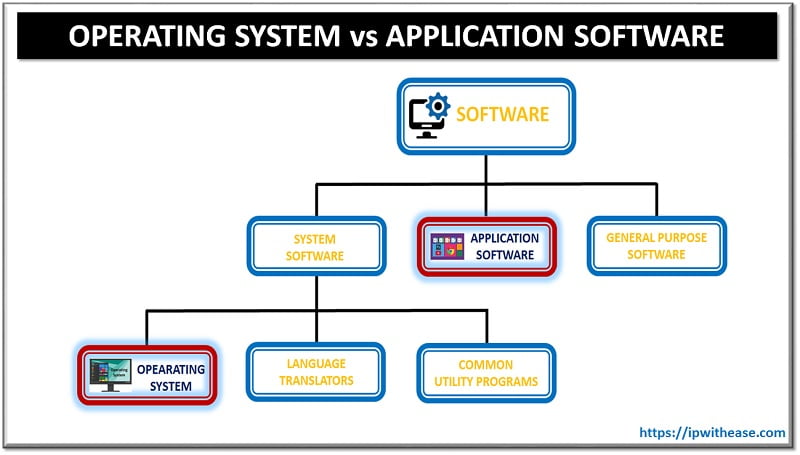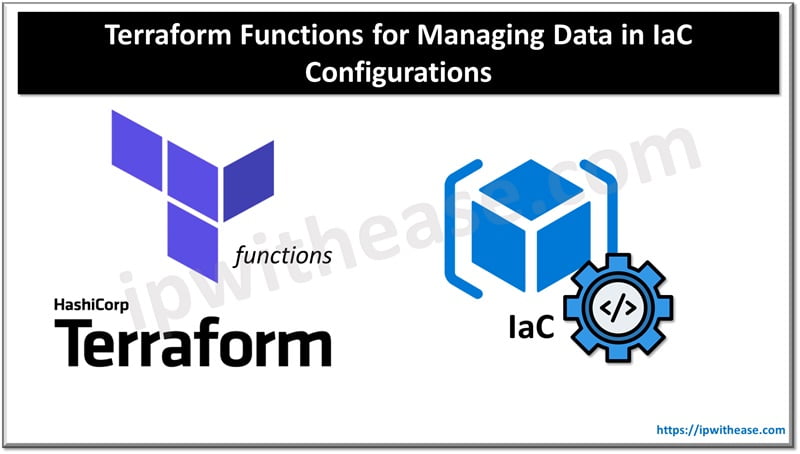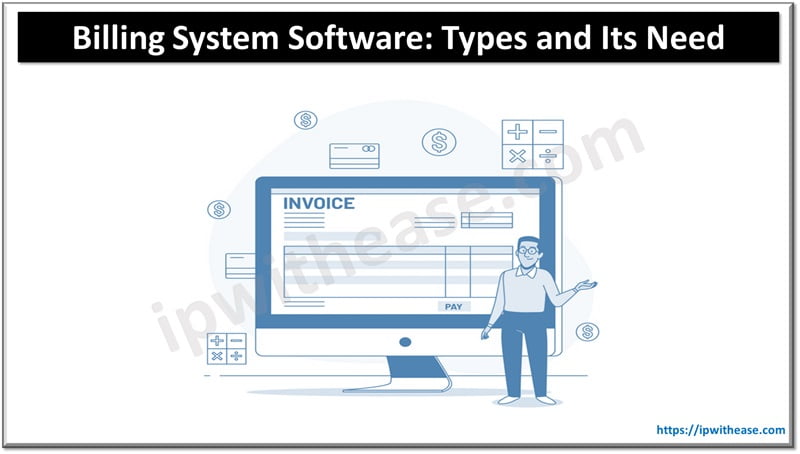In cloud computing, Distributed Operating System (DOS) is a model which is designed to run distributed applications on multiple computer systems efficiently combined by communications. Basically, distributed operating system is an addition to network operating system that assists efficient and high level integration and communication of the devices or systems that are connected on a network.
Distributed operating system is a modern extension in the digital world of computers where every technology is getting enhanced day by day. In this operating system several constituents interact with each other to perform actions that seems as a single working system to the end user. The distributed operating system seems like a centralized operating system to the users but it runs on multiple central processing units. In DOS the processers interact with each other with various lines of communication to efficiently perform actions. One of the most used communication line of processors by DOS are bus lines.
Related – What is Operating System?
DOS (Distributed Operating System)Architecture:
In this operating model, all the hardware and software constituents are placed remotely on the network. They send messages to each other in order to interact with all elements or nodes. In distributed operating system the most salient feature is sharing of resources and this sharing is managed by servers. The independent sites or resources run simultaneously and on the need basis the resources are delivered to the user. Each node in the figure shown below has its own memory and running independently.

Types of Distributed Operating System(DOS):
There are four main types of distributed operating system for deployment:
- Client-Server: In client-server, only server have the rights to share, allocate or de-allocate the shared resources to clients on need basis. The client sends a request to server for resource, and then the server provides the resources which were requested by the client. Both the client and server interact with each other with the communication network in DOS.
- Peer to Peer(P2P): In peer to peer, all connected devices and systems can act as client and as well as a server too. All the nodes are equal participants in sharing resources. The devices interact with each other through the communication network for sharing resources with each other on need basis.
- N-tier: When we need to forward the server or applications to other additional organization or company on the network than we will use n-tier.
- Three-tier: In DOS, three tier is composed of three layers i.e. presentation tier, data storage tier and a domain logic tier. This type provides reliability and flexibility to development teams that allow them to work on particular piece of an application separately.
Characteristics of Distributed Operating System:
- Resource Sharing: In DOS, resource sharing is potentiality to use resources like hardware, software or data with in the system. The administrator controls and manages the access among the users.
- Security: The security is maintained in a way that client sends request for the access on resources. The server authenticates the user and then after authentication the server grants access to the user. In this way the integrity, authenticity and confidentiality is maintained.
- Fault Reconginition: The system is designed in such a way that in case of any fault the team of developers easily point out the fault and update it with fixes and patches.
- Fault Tolerence: In DOS, the design of the system is very efficient such hat if an error or fault occurs the system will be still available for use. This feature is achieved by data redundancy and recovery backups.
- Scalability: The term scalability refers to how the system handles if there will be a growth in the number of users and continuous integration on system. So, the system is designed in such a way that supports scalability too.
- Heterogeneity: The system was composed of several programming languages, operating systems , software, hardware, networks and implemented by different developers.
Advantages of DOS:
- Scalable
- Reliable
- Resource and Data sharing
- High performance
- Transparency
- Data transparency
Disadvantages of DOS:
- Latency
- Downtime
- Cost Expensive
- Security Issues
- Use of complex software
- Very complicated databases
- Risk of data loss
Applications of Distributed Operating System:
The applications in which distributed operating system is mainly used are listed below:
- Parallel computation
- Real time process control
- Telecommunication applications
- Network applications
Conclusion:
Distributed operating system inaugurates a new concept of computing which is reliable, scalable and redundant. Users can easily share resources by interaction with each other through communication network. This system is upgradable for future and there is no limit on hardware configuration that’s why the system is customizable.
ABOUT THE AUTHOR

You can learn more about her on her linkedin profile – Rashmi Bhardwaj



